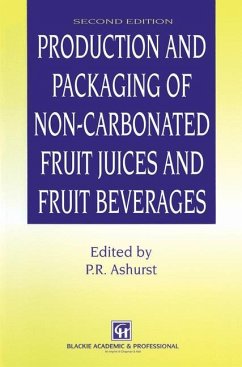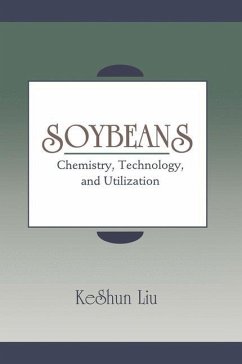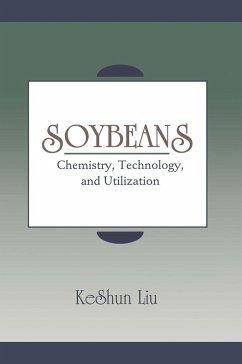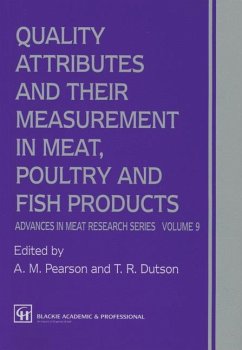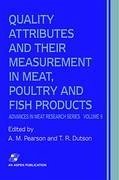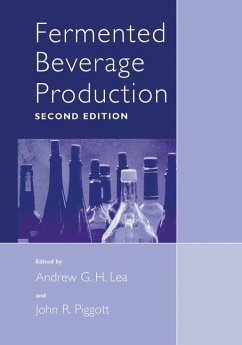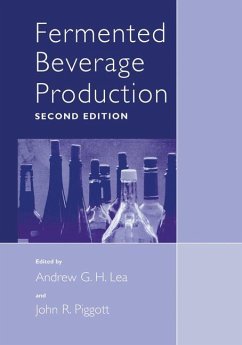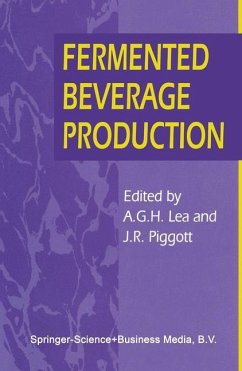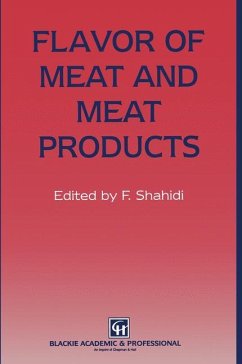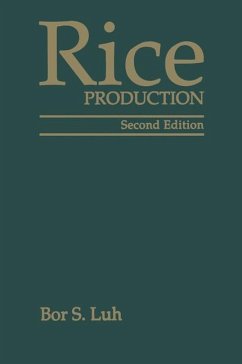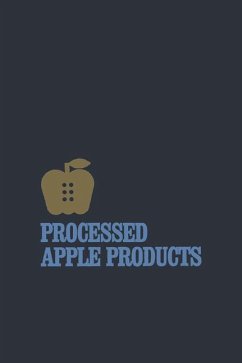
Processed Apple Products

PAYBACK Punkte
19 °P sammeln!
The objective of this book is to organize and document the technical, analytical, and practical aspects of present-day apple processing. No collected works have been published on processed apple products for more than thirty years. During that time many changes have taken place in the apple-processing industry. There are fewer but larger plants processing apples from larger geographical areas because of advances in transportation and storage of fruit. In addition sophisti cated technical advances in the processing and packaging of apple products have also occurred. This volume is designed to s...
The objective of this book is to organize and document the technical, analytical, and practical aspects of present-day apple processing. No collected works have been published on processed apple products for more than thirty years. During that time many changes have taken place in the apple-processing industry. There are fewer but larger plants processing apples from larger geographical areas because of advances in transportation and storage of fruit. In addition sophisti cated technical advances in the processing and packaging of apple products have also occurred. This volume is designed to serve primarily as a reference book for those interested and involved in the processed apple industry. An attempt has been made to provide a central source of historical, currently practical, and theoretical information on apple processing. References have been cited to give credibility and assist those who may wish to read further on a particular subject. If this book success fully summarizes present knowledge for readers and assists in the continued improvement of commercial fruit processing, I will be pleased. I would like to thank the many people in the apple industry who have requested information and encouraged the writing of this book. The late Dr. Robert M. Smock, Professor Emeritus, Cornell Univer sity, and coauthor of Apples and Apple Products, originally published in 1950, gave his blessings and encouragement to this undertaking.





